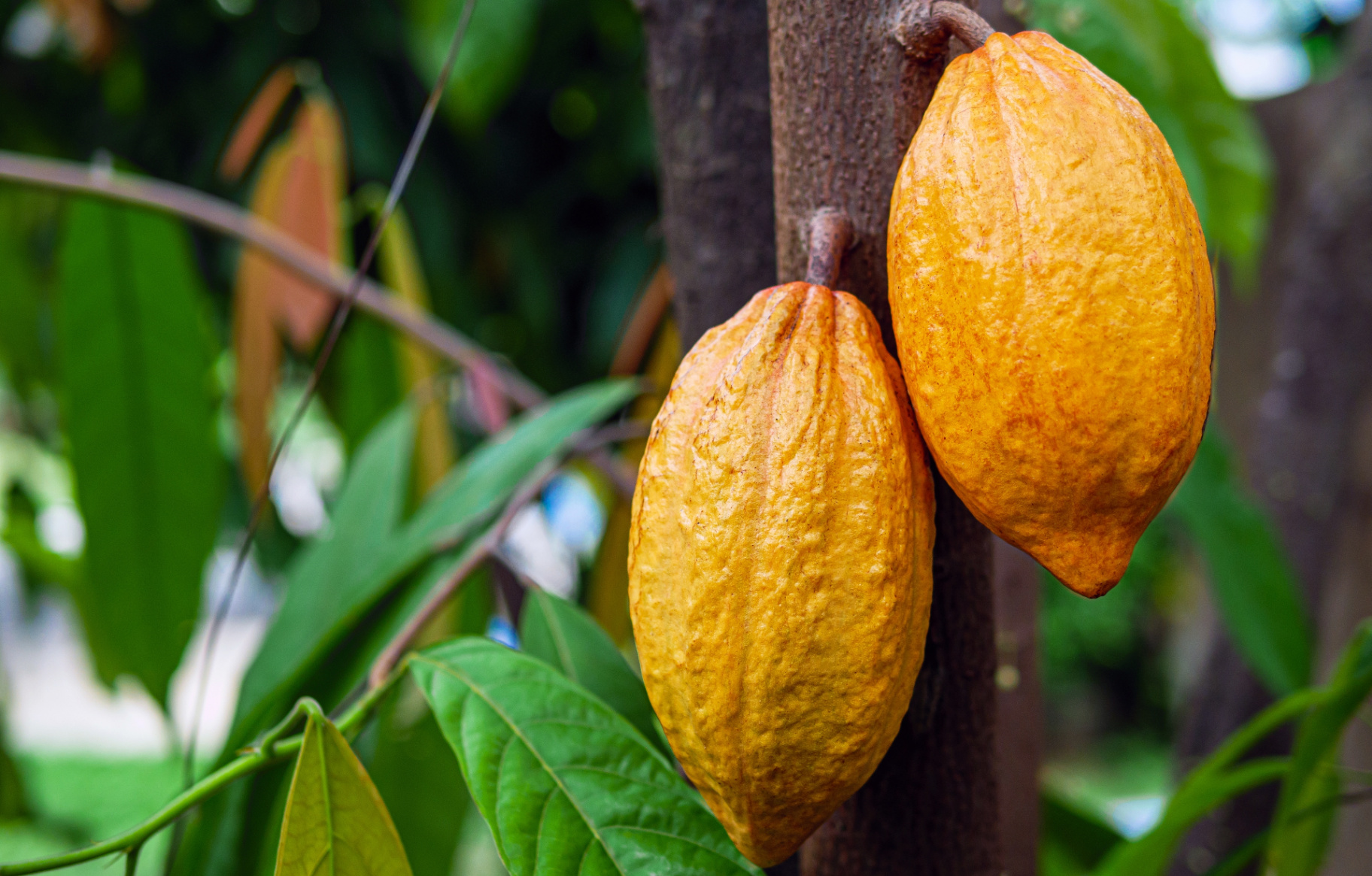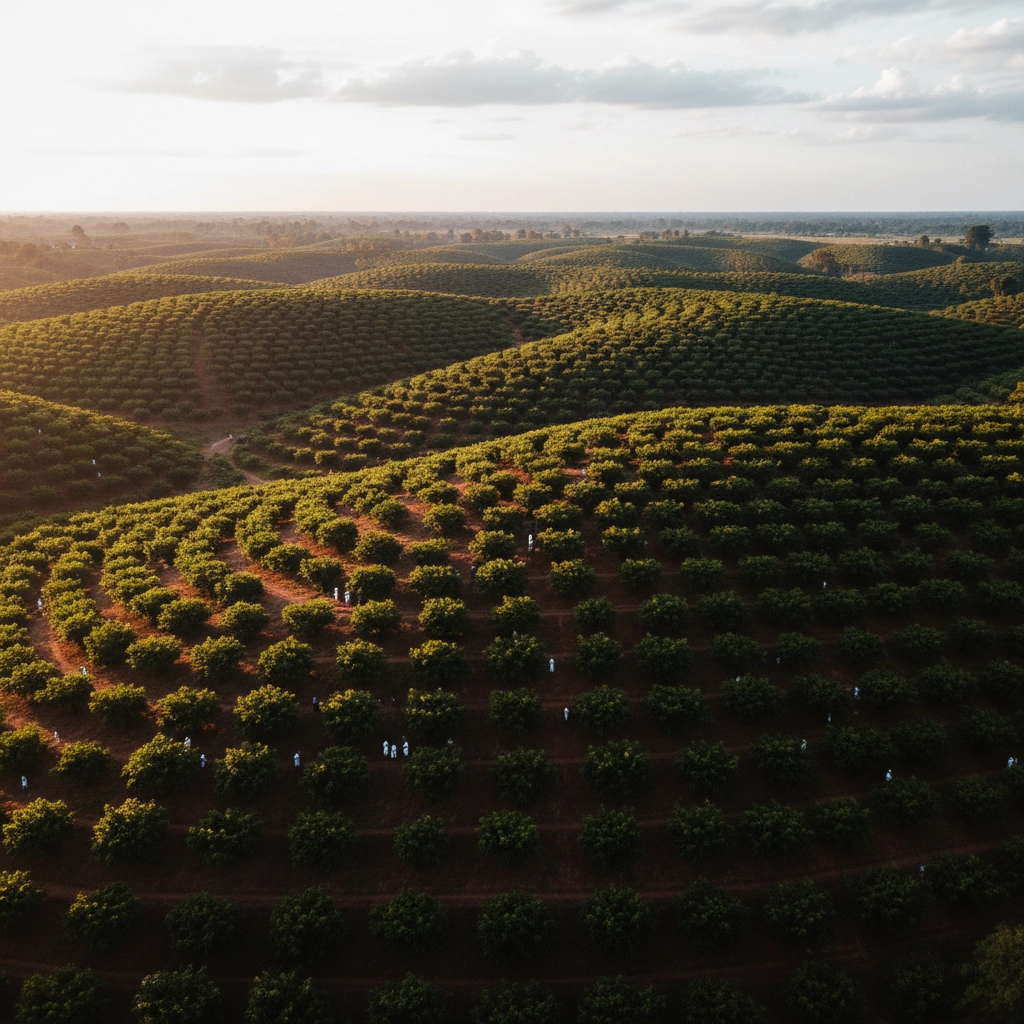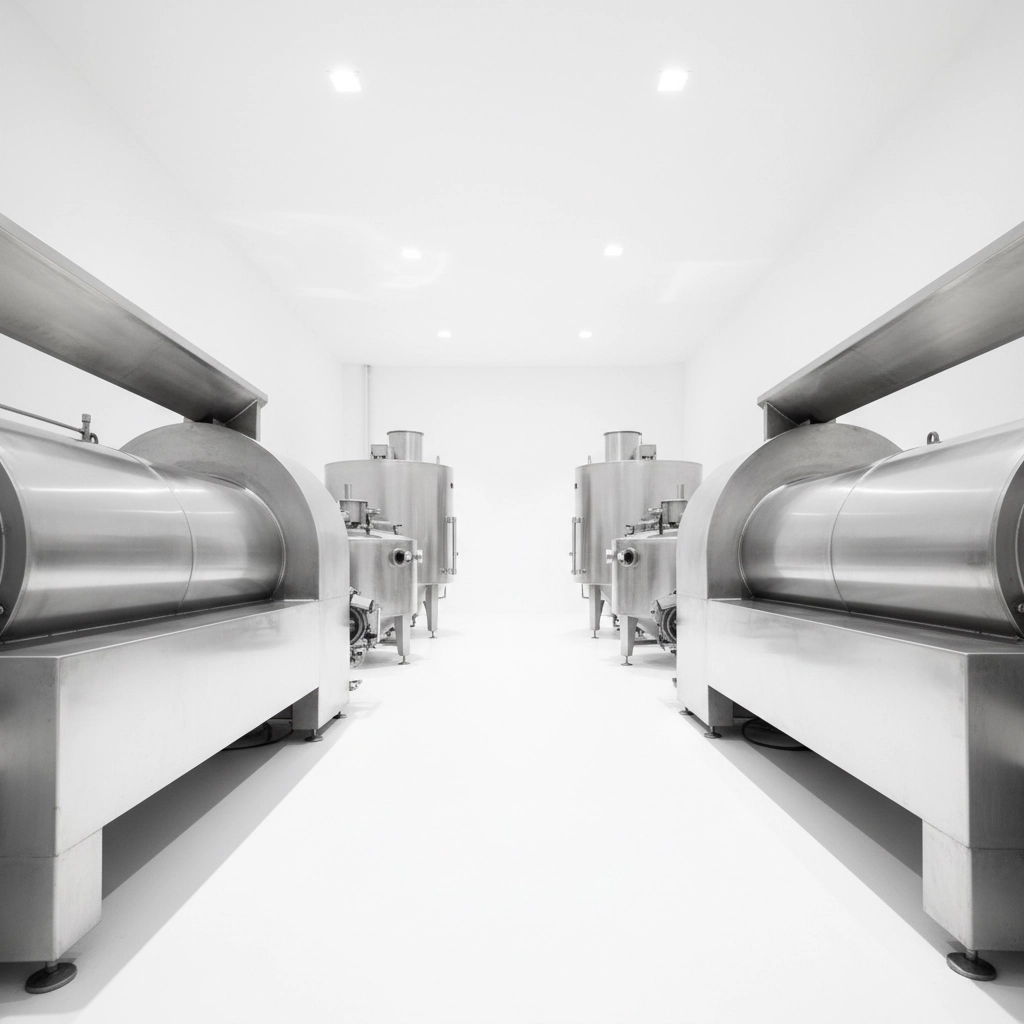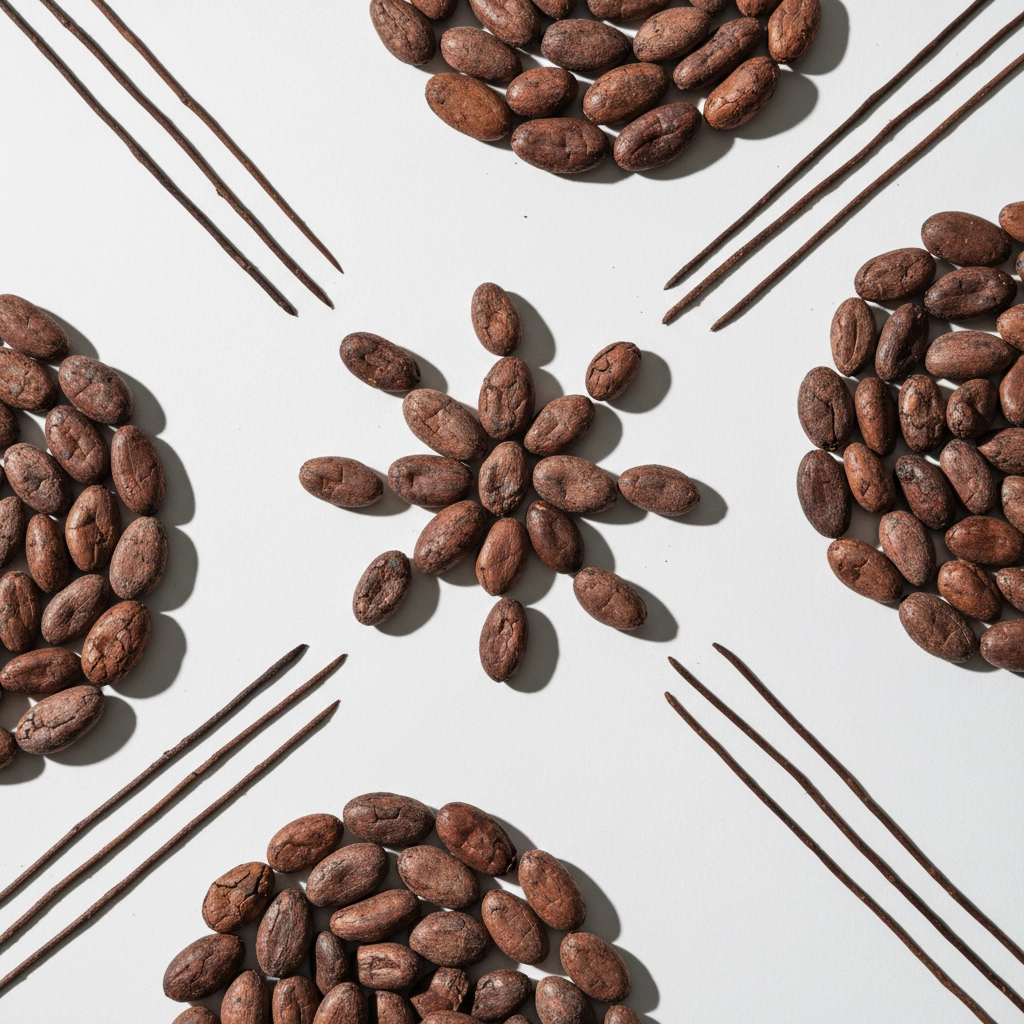Chocolate: From Commodity to Craft – The Real Story Behind Your Chocolate Bar

Most people don't realize that chocolate operates in the same league as gold, coffee, and oil. Cacao is a global commodity traded on international exchanges, with prices fluctuating daily based on weather patterns, political instability, and market speculation. This reality shapes everything from the $2 chocolate bar at your local Byron Bay Cacao Boutique the artisan creations crafted by small-batch makers.
Understanding chocolate as a commodity reveals why some bars cost $15 while others cost $1.50: and why the future of chocolate depends on decisions made in trading rooms thousands of miles from where cacao trees grow.
The Global Cacao Market Structure
 |
 |
|---|---|
| It’s decided here. | Not here. |
The international cacao trade operates through major commodity exchanges in London (ICE Futures Europe) and New York (ICE Futures U.S.). Cacao futures contracts are bought and sold like stocks, with traders speculating on prices months or even years into the future.
This system creates a disconnect between farmers growing cacao beans and consumers eating chocolate bars. Most cacao farmers receive only 3-5% of the final chocolate bar's retail price, while commodity traders, and processors capture the majority of value.
The commodity market treats cacao beans as interchangeable units rather than unique agricultural products with distinct flavors. Beans from different regions get blended together to create consistent, predictable flavor profiles that meet industrial production requirements.
Three major companies: Barry Callebaut, Cargill, and Olam: control approximately 60% of global cacao processing. These giants purchase raw beans from farmers, process them into intermediate products like cocoa liquor (cocoa mass or 100%) and cocoa butter, then sell to chocolate manufacturers worldwide.
Price Volatility and Market Forces
Cacao prices swing dramatically based on factors beyond anyone's control. A single weather event in West Africa can send global chocolate prices soaring because the region produces almost 70% of the world's cacao.
Recent examples demonstrate this volatility. In 2024, cacao futures reached record highs above $11,000 per metric ton: nearly triple the previous year's prices. This surge resulted from poor harvests in Côte d'Ivoire and Ghana, combined with plant diseases affecting cacao trees.
Climate change intensifies these price swings. Rising temperatures and changing rainfall patterns threaten traditional growing regions, forcing the industry to consider expensive adaptations or relocating production to new areas.
Currency fluctuations add another layer of complexity. Most cacao trades in U.S. dollars, so when the dollar strengthens, it becomes more expensive for buyers using other currencies. This creates additional price pressure that ultimately affects chocolate costs.
Speculation amplifies these natural market forces. Investment funds treat cacao like any other commodity, buying and selling based on market trends rather than actual supply and demand for chocolate. This financial activity can push prices beyond levels justified by physical market conditions.
Major Cacao Growing Regions

West Africa dominates global cacao production, with Côte d'Ivoire and Ghana supplying approximately 60% of world output. These countries rely heavily on small-scale farmers working plots of 2-3 hectares, creating vulnerable supply chains dependent on weather and political stability.
Ecuador and Peru represent the second-largest producing region, known for fine flavor cacao varieties that command premium prices. These South American countries focus increasingly on organic and sustainably grown beans, targeting specialty chocolate markets.
Brazil once led global production but now ranks fourth due to crop diseases and competition from other agricultural products. Indonesian production has grown rapidly, though quality concerns limit its use to bulk commodity applications.
Madagascar produces highly prized cacao known for unique flavor profiles, but political instability and infrastructure limitations restrict output. Similarly, Venezuela's heritage cacao varieties are renowned among chocolate connoisseurs, but economic challenges have decimated production capacity.
Climate change threatens all major growing regions. Rising temperatures push suitable growing areas to higher elevations, while changing precipitation patterns stress cacao trees adapted to specific environmental conditions. Some experts predict significant production shifts toward currently marginal growing areas in the coming decades.
Impact on Industrial Chocolate Production

Large chocolate manufacturers approach cacao as a commodity input, prioritizing cost control and supply security over flavor complexity. Companies like Mars, Mondelez, and Nestlé purchase through commodity markets, blending beans from multiple origins to achieve consistent taste profiles.
This system enables mass production of affordable chocolate products. Standardized processing removes regional flavor characteristics, creating predictable results suitable for automated manufacturing. The trade-off is reduced flavor complexity and limited traceability back to individual farms.
Industrial producers manage price volatility through futures contracts and strategic inventory management. They purchase cacao months or years in advance, locking in prices to protect profit margins. This approach provides financial stability but distances manufacturers from farming communities.
Sustainability initiatives by major companies represent attempts to address commodity market shortcomings without abandoning the existing system. Programs like Fairtrade certification and direct farmer support aim to improve conditions while maintaining large-scale sourcing efficiency.
Quality control in commodity chocolate focuses on safety and consistency rather than flavor development. Beans are evaluated primarily for moisture content, shell percentage, and absence of defects rather than taste characteristics that interest craft chocolate makers.
The Artisan Alternative
Craft chocolate makers reject the commodity approach entirely. Bean-to-bar producers source directly from farms or cooperatives, paying premium prices for high-quality beans with unique flavor profiles.
This direct trade model provides greater financial returns to farmers while giving chocolate makers complete control over their supply chain. Artisan producers often visit farms personally, building relationships that support improved farming practices and bean quality.
Small-batch production allows experimentation with single-origin chocolates that showcase regional characteristics. Each bar tells the story of its origin: from soil conditions and climate to fermentation techniques used by specific farmers.
The craft chocolate movement demonstrates an alternative economic model where quality commands premium prices. Consumers pay $8-15 for artisan bars not just for superior taste, but for transparency and ethical sourcing that commodity markets cannot provide.
However, craft producers face significant challenges. Limited access to high-quality beans, higher production costs, and small scale make them vulnerable to supply disruptions. When commodity prices spike, even direct-trade cacao becomes expensive.

What This Means for Chocolate's Future
The tension between commodity efficiency and artisan quality shapes chocolate's future development. Climate change, labor concerns, and consumer awareness drive demand for more sustainable approaches that go beyond traditional commodity trading.
Technology offers potential solutions. Blockchain systems could provide traceability throughout commodity supply chains, while precision agriculture might help farmers adapt to changing climate conditions. Digital platforms connect farmers directly with chocolate makers, bypassing traditional commodity intermediaries.
Consumer education plays a crucial role. Understanding chocolate as a commodity helps buyers make informed decisions about which products to support. Premium pricing for craft chocolate reflects the true cost of sustainable production that commodity markets often ignore.
For chocolate lovers, this knowledge transforms how you view that simple chocolate bar. The $15 artisan bar represents a completely different economic system than the $2 commodity version: one that values farmer livelihoods, environmental sustainability, and flavor complexity over pure efficiency.
The commodity chocolate system will likely persist due to its ability to supply affordable chocolate to billions of consumers. However, growing awareness of its limitations creates opportunities for alternative approaches that better balance efficiency, sustainability, and quality.
Understanding chocolate as a commodity reveals the complex forces shaping every chocolate bar you encounter: from global weather patterns and currency fluctuations to farming practices and processing technologies. This knowledge empowers better choices about which chocolate products deserve your support and helps explain why truly sustainable, high-quality chocolate costs more than commodity alternatives.
